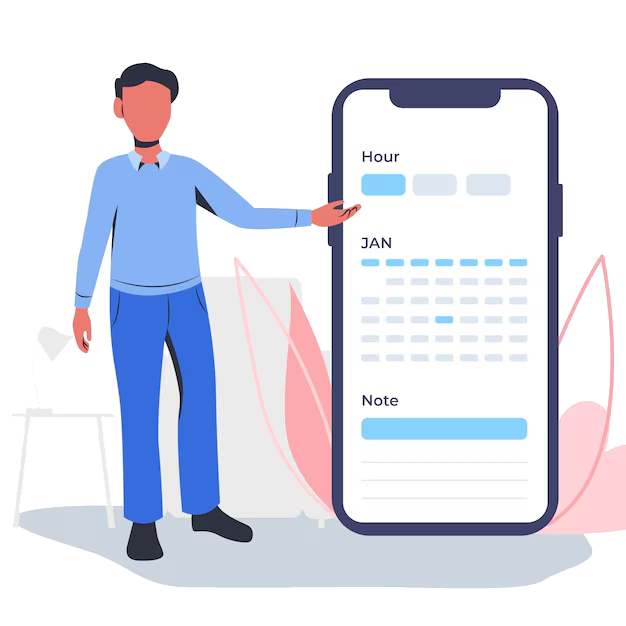Myofascial Release Therapy
Request a Callback
Myofascial Release Therapy is a specialized manual therapy technique that targets tight areas of connective tissue—known as fascia—to restore flexibility, reduce pain, and promote optimal function. It is designed to treat restrictions in the fascial system caused by trauma, posture, inflammation, or surgical procedures. This therapy focuses on elongating and releasing tight fascia to relieve tension and improve movement.
Pricing

How It Works
Myofascial release works by locating restricted fascia and applying sustained, gentle pressure to stretch and release it. The therapist uses:
- Tissue palpation to identify tension and trigger points
- Sustained directional stretch based on patient feedback
- Manual pressure to soften and elongate the fascia
These techniques help unwind bound tissue, restore elasticity, and improve the body’s natural range of motion. The process is guided by how the patient’s body responds in terms of resistance, direction of stretch, and tolerance.
This therapy is ideal for:
Who It’s For
- Individuals with chronic pain or muscle tightness
- People recovering from injuries, surgeries, or trauma
- Patients with limited range of motion or bad posture
- Those with conditions like fibromyalgia or myofascial pain syndrome
- Anyone seeking long-term relief beyond what regular massage can offer
Benefits of Myofascial Release Therapy
- Releases tight fascia and connective tissue restrictions
- Reduces pain caused by chronic tension or past trauma
- Enhances mobility and flexibility in stiff areas
- Improves posture and overall body alignment
- Decreases sensitivity of myofascial trigger points over time
- Supports natural movement and breath function
What to Expect in a Session
The therapist will observe your body in various positions—seated, moving, and relaxed—to detect subtle imbalances and tight areas. Gentle, sustained pressure is applied to specific points until the tissue softens.
You may feel sensations as the fascia releases, and some trigger point work may cause mild, temporary discomfort. However, each technique is performed in tune with your body’s feedback to ensure safety and effectiveness.

